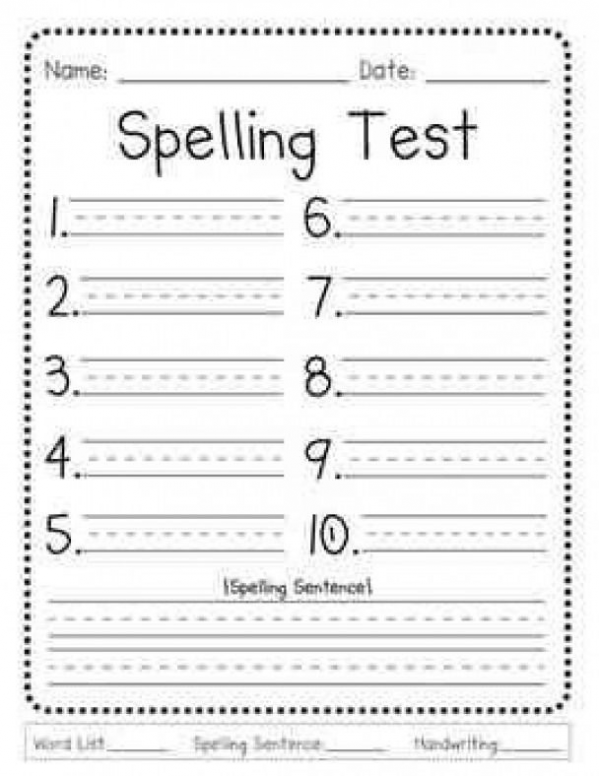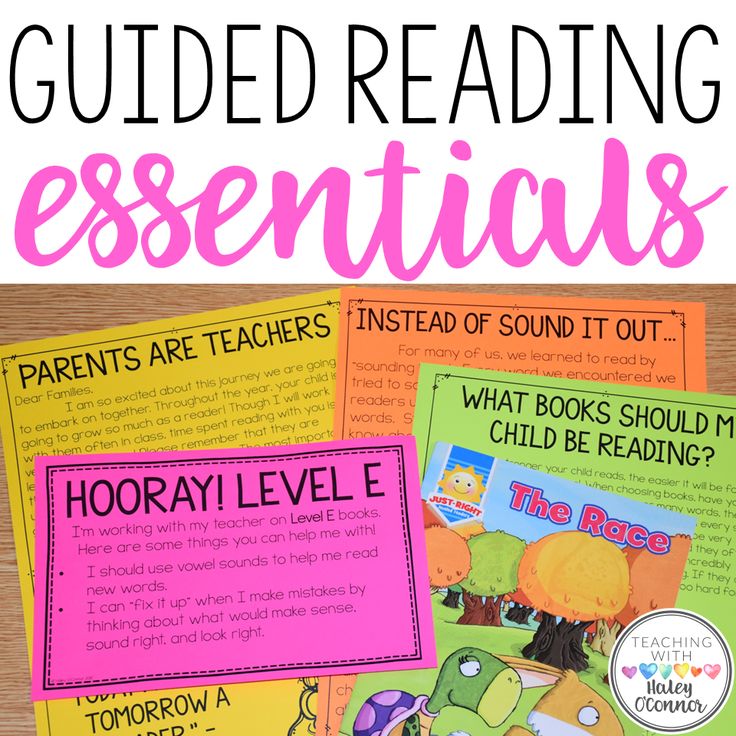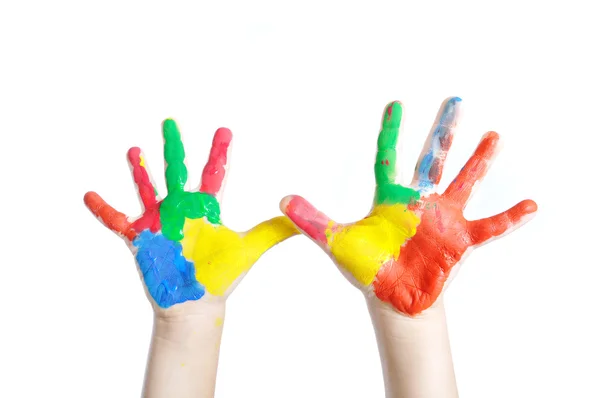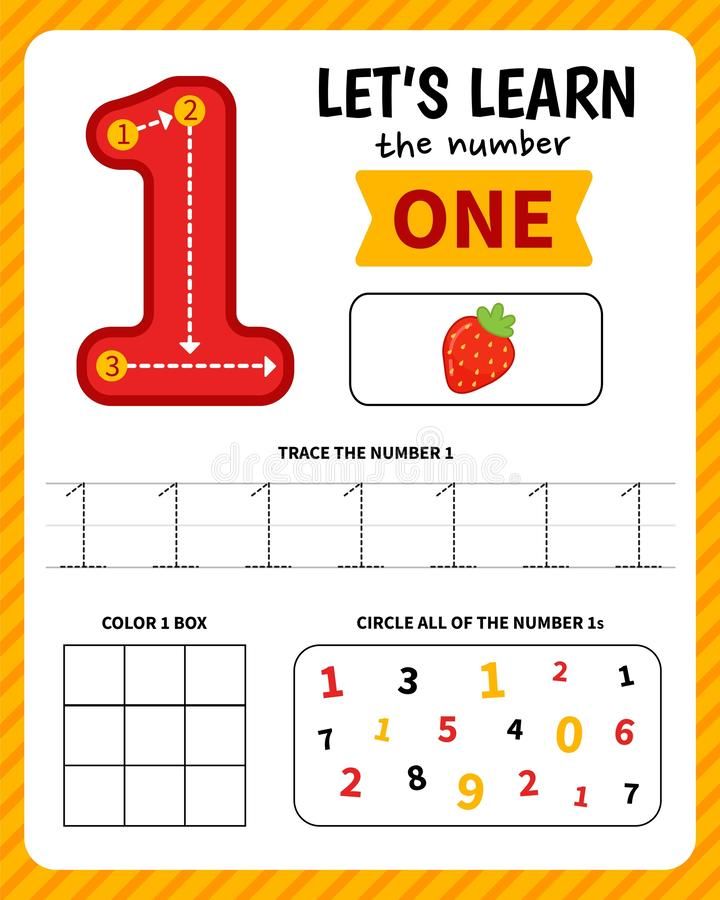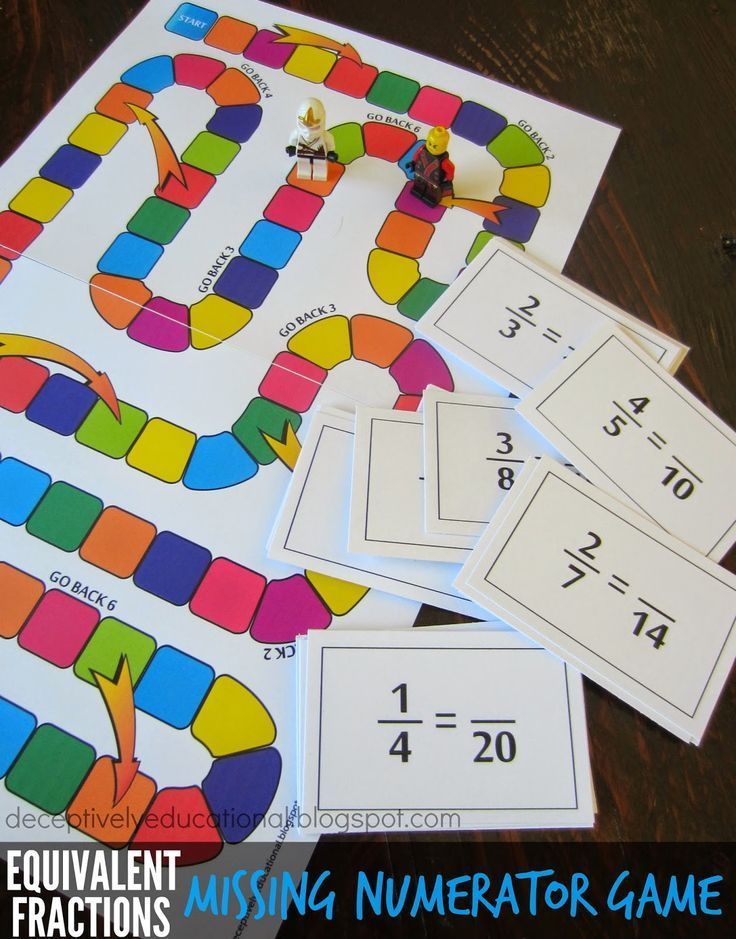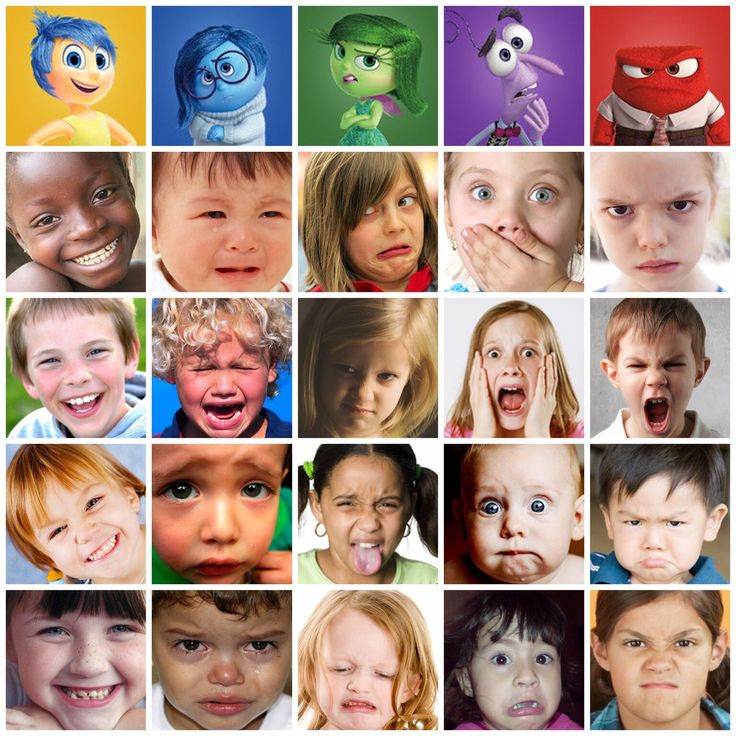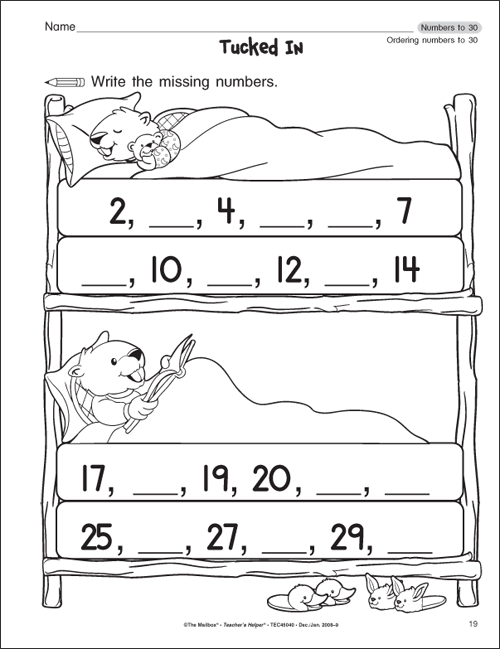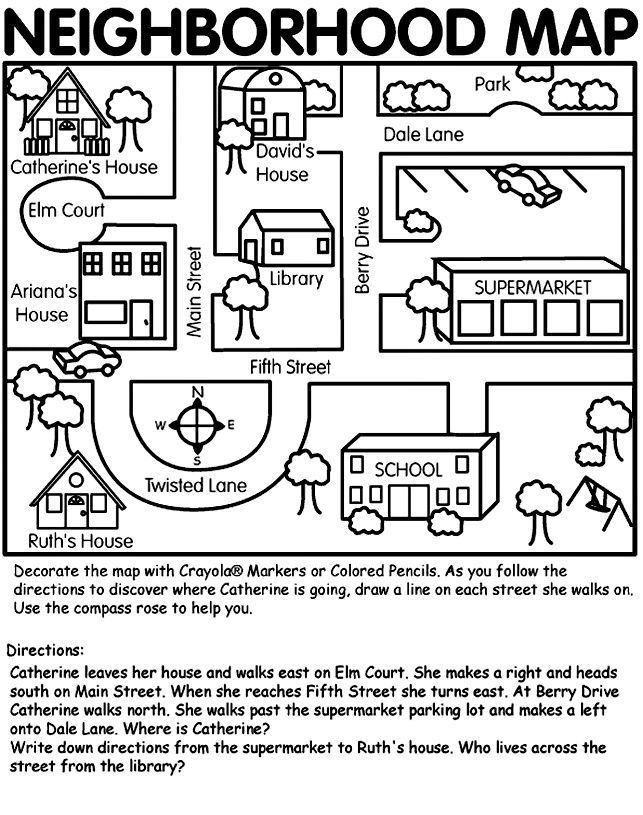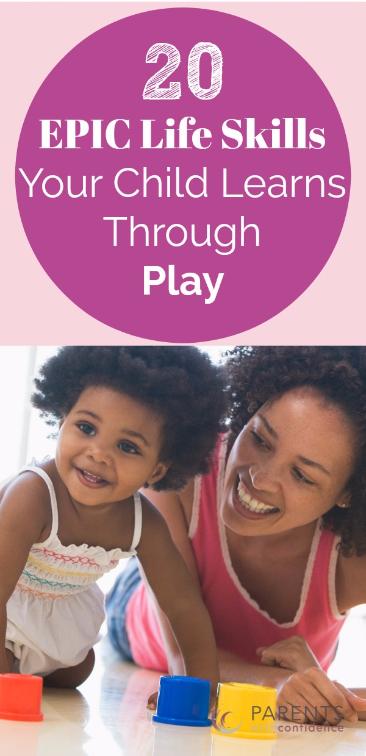Spelling games elementary students
Classroom Spelling Games for Grades 2-6
Looking for an engaging spelling game to play with your students? Look no further! We’ve collected together a fun list of classroom spelling games suitable for students in grades two to six.
1. Buzz Off Spelling Game
Have students stand in a circle. Choose a person to start and say the word to spell. In succession moving from person to person around the circle, each student says the next letter in the word until the entire word is spelt. The next student says ‘buzz’ and then the next ‘off’ and that final student sits down. Any student whose letter misspells the word also has to sit down. Keep playing until only one student remains standing.
2. Spelling Team Tic Tac Toe #1
Divide students into two teams. Draw a large tic tac toe grid on the whiteboard. Students from each team take turns to orally spell an allocated word correctly. If they are correct, they add an x or o to the grid for their team. First team to three in a row wins the round.
3. Spelling Team Tic Tac Toe #2
Divide students into two teams. Draw a large tic tac toe grid on the whiteboard. Give each team a different coloured whiteboard marker. Students from each team take turns to spell an allocated word directly onto their choice of square on the tic tac toe grid. If they spell the word incorrectly it is erased. First team with three correctly spelled words in a row wins the round.
4. Snowball Spelling Game
Onto a small sheet of white paper write the grapheme for a sound the class has been studying, e.g. ‘ir.’ Scrunch the paper up into a ball. Throw the paper ball to a child who must unwrap the paper and say a word containing that sound. The child then throws the paper ball to another child who has to spell the word. They then throw the ball to another child who has to say a sentence that includes the word. They then throw the ball to another child who starts the sequence again with a new word that includes the sound.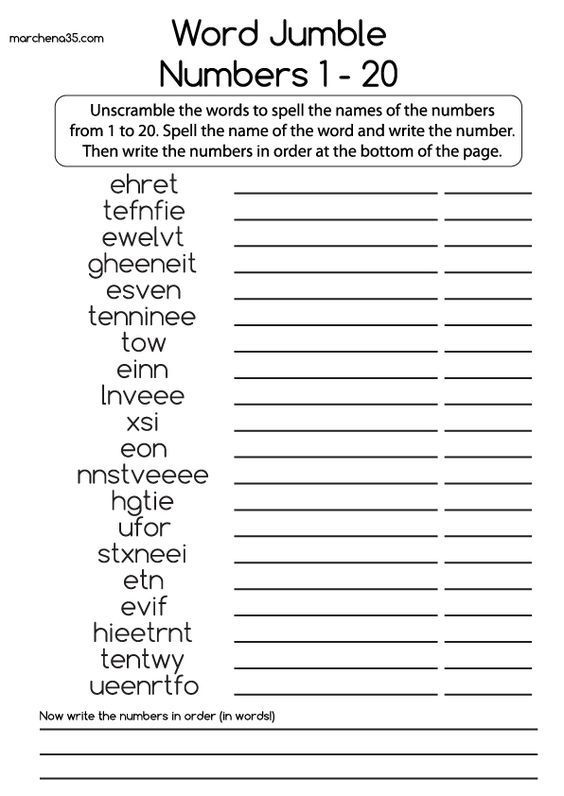
5. Spelling Swat It!
Divide students into two teams. Write the spelling words randomly onto the whiteboard.
Stand the first two players, with their backs to the board, a short distance in front of it. Give them each a plastic fly swat.
Call out a clue to identify the spelling word. For example, “This word means…” or “Rhymes with …” The two players must then race to be the first to swat the correct word on the board. The winner must then turn away from the board and spell the word correctly to win a point for their team.
6. Spelling Word Relay
Divide the students into teams. Each team lines up a short distance away from the whiteboard, facing the board. The first person in each team starts with a whiteboard marker.Call a word for the students to spell. The first student in each team races to the board and writes the first letter of the word and then runs back to pass the marker on to the next team member who writes the next letter of the word, and so on.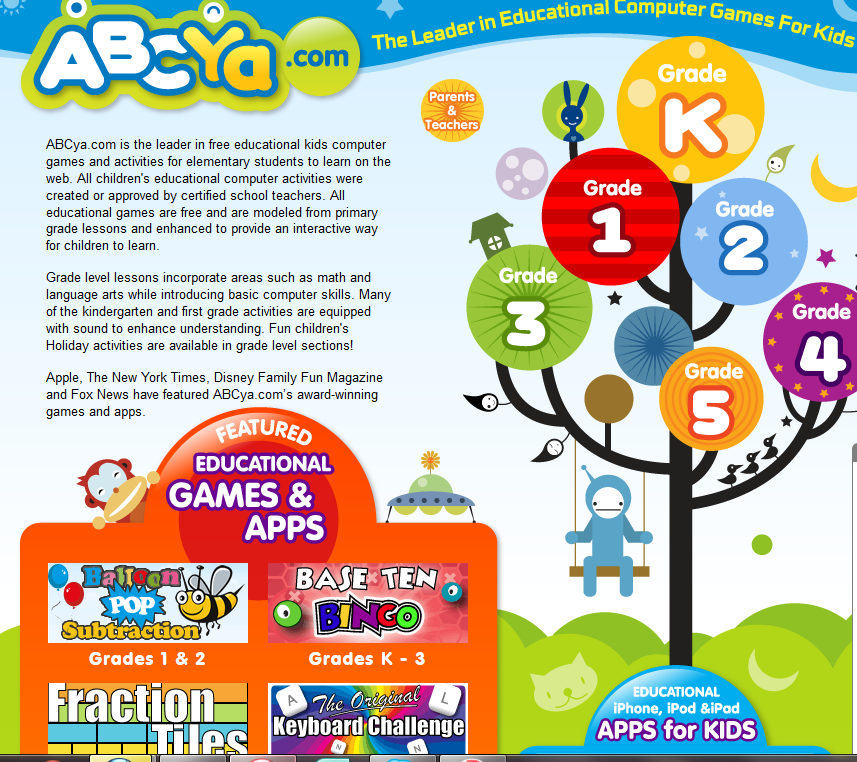 Team members can correct an incorrect letter on their turn but they may not add a new letter. The first team to correctly spell the word scores a point.7. Spelling Who Am I?
Team members can correct an incorrect letter on their turn but they may not add a new letter. The first team to correctly spell the word scores a point.7. Spelling Who Am I?
Write each spelling list word onto a post-it note. Divide students into two teams. The first student from the first team sits on a chair at the front of the room, facing the rest of her team. Place the first post-it note onto the student’s forehead. The goal is for the chosen student’s teammates to give him or her clues to what the word on his forehead is, without revealing the word directly. They can use rhyming words, synonyms, antonyms, guestures, etc. After they guess the word correctly, the student then has to spell the word. If they spell the word correctly, they score a point for their team. Repeat with the first team member from the second team, and so on.
8. Unscramble
Line students up into two or three teams facing the class whiteboard. The first person in each team has a personal whiteboard and a whiteboard marker and an eraser and turns to face away from the class whiteboard.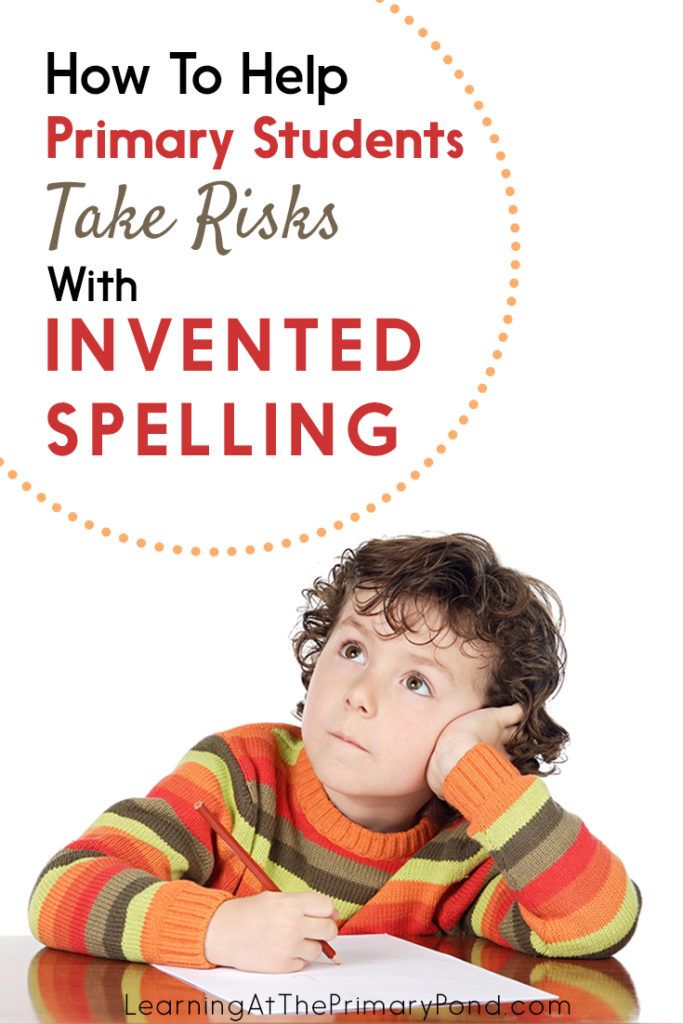 Write a jumbled version of the first spelling word on the class whiteboard. On ‘Go!’ the team members turn to face the board. The first of these students to write the unjumbled word (spelled correctly) onto their personal whiteboard and holds it up to the teacher wins a point for their team. They then pass the whiteboard onto the next team member and play continues with a new jumbled word for each round.
Write a jumbled version of the first spelling word on the class whiteboard. On ‘Go!’ the team members turn to face the board. The first of these students to write the unjumbled word (spelled correctly) onto their personal whiteboard and holds it up to the teacher wins a point for their team. They then pass the whiteboard onto the next team member and play continues with a new jumbled word for each round.
9. Missing Letters
Played in the same manner as Unscramble but the words are written onto the classroom whiteboard with blank lines in the place of some of the letters. For example, b_c_ _se for the word because.
10. Invisible Man
Line students up into two teams facing the whiteboard. Draw two large stick people on the whiteboard, one in front of each team, each must have the same number of body parts. Call out a word for the first member of team one to spell. If they spell it correctly they may erase one body part from the other team’s stick person.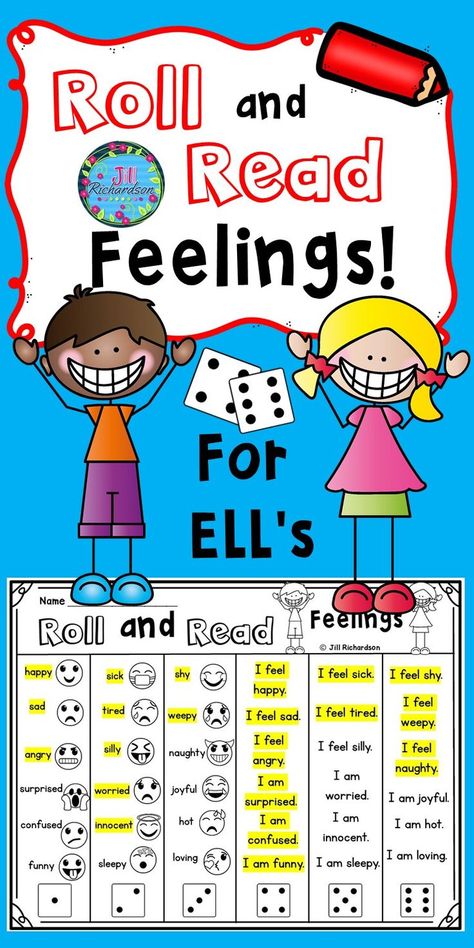 Call out a word for the first member of team two to spell, and continue on until one team’s stick person is completely erased. The erasing team is the winner!
Call out a word for the first member of team two to spell, and continue on until one team’s stick person is completely erased. The erasing team is the winner!
11. Spell-O
Each student chooses five spelling words and writes them onto a piece of paper. Write the alphabet in large print across the whiteboard. Cross out the letters of the alphabet, one by one. As each letter is crossed out, students cross out that same letter as it appears in each of their own words. First student to cross out all of the letters in all of their words wins.
12. Dictionary Challenge
This game works best with students in the upper elementary/primary grades. Divide students into teams. Each team will need a dictionary. Students choose a player from their team to go first. Call out a word. The elected students from each team race to be the first to find the word in the dictionary. The person who succeeds scores a point for their team. The dictionary is then passed to the next person in each team and the process repeated.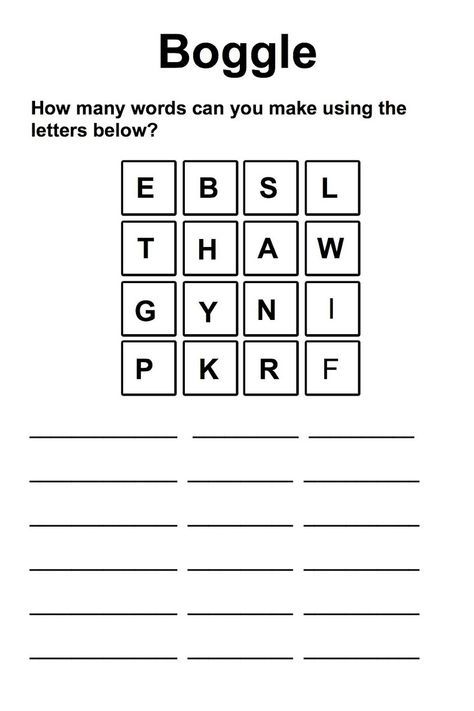
Christie Burnett is a teacher, presenter, writer and the mother of two. She created Childhood 101 as a place for teachers and parents to access engaging, high quality learning ideas.
9 Fun DIY Spelling Word Games for the Classroom
DESCRIPTION
spelling word game with letter pieces
SOURCE
CraigRJD / iStock / Getty Images Plus
PERMISSION
Used under Getty Images license
Spelling can be fun to practice in the classroom. These spelling games are perfect for specific spelling words or for reinforcing spelling rules in class. Keep reading to find ideas for fun spelling word games for all levels.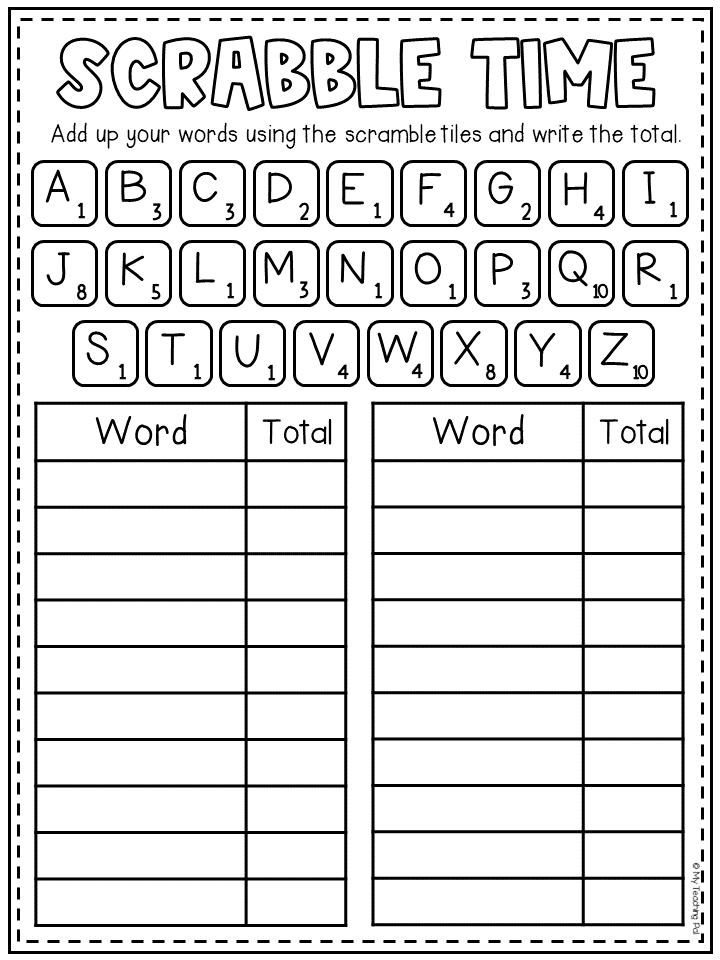
Baseball Spelling
Everyone loves a nice game of baseball! Use baseball terminology and rules to reinforce important spelling words in your language arts lesson.
- Draw a baseball diamond on the board (home, first, second, third plates).
- Split the class into two teams. Assign one team as the fielding team and the other as the batting team.
- Have each team write up a “batting order” that includes everyone’s names.
- Have the fielding team choose one “pitcher” to read the words.
- The pitcher reads the first word to the person who is listed first on the batting team’s batting order.
- If the batter gets the word right, they’re on first base. You can indicate this on the whiteboard baseball diamond.
- The pitcher reads the next word to the next batter. If they get it right, they move to first and the previous batter moves to second.
- If someone spells a word wrong, they strike out. When there are three strikeouts, the teams switch and the fielding team gets to “bat.
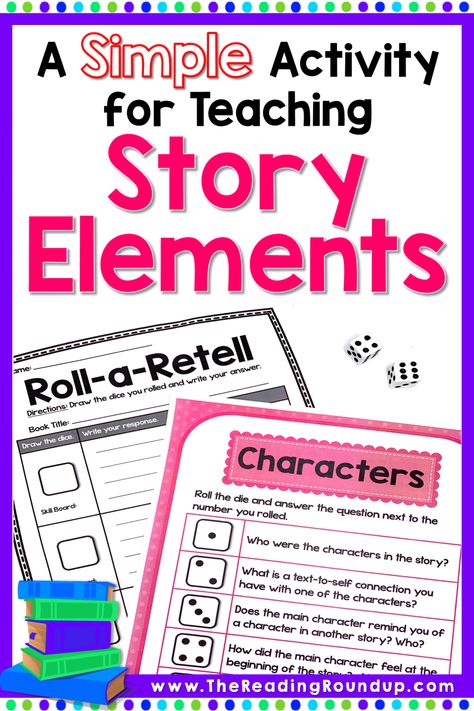 ”
”
Play as many innings as you need for everyone to get a turn and to review all the spelling words. Students can either stand in front of the class when they’re “at bat,” or they can spell from their seats.
Board Races
Students love writing on the board, running in the classroom and competing against each other – it’s a perfect fit! You can play board races with any subject, but it’s especially helpful for spelling because it’s so visual.
- Split the class into two or three teams, depending on how many students you have.
- Read the first word on the spelling list.
- The first student on each team races up to the board and writes out the word with its proper spelling. This includes capitalization for proper nouns.
- Whoever spells the word correctly (and legibly) gets a point for their team.
- Repeat the game until you’ve run through all the spelling words a few times.
For an extra challenge, use alphabet magnets instead of dry-erase markers for students to arrange in the correct spelling.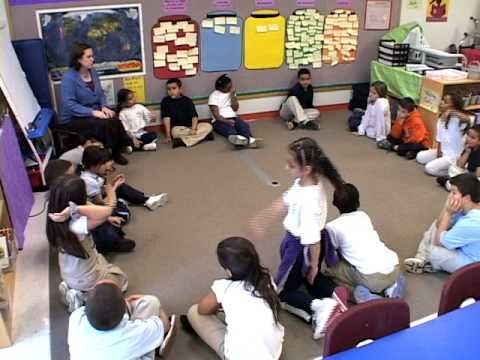 You can also use this game to practice dictionary skills by calling out extra hard words that they’ll need to look up.
You can also use this game to practice dictionary skills by calling out extra hard words that they’ll need to look up.
DESCRIPTION
word game using alphabet magnets on board
SOURCE
RoterPanther / iStock / Getty Images Plus
PERMISSION
Used under Getty Images license
Catch the Spelling Word
Work on your students’ hand-eye coordination as well as their spelling. All you need is a spelling list and something soft to throw back and forth.
- Divide the class into small groups of 4-5 people.
- Get an inflatable ball, stuffed animal or anything that students can throw without hurting each other for each group.
- Have one group come to the front of the class with the ball.
- Set a timer for one minute.
- Read the first spelling word.
- The student with the ball says the first letter of the word.
- If it’s correct, they toss the ball to another student, who says the next letter.
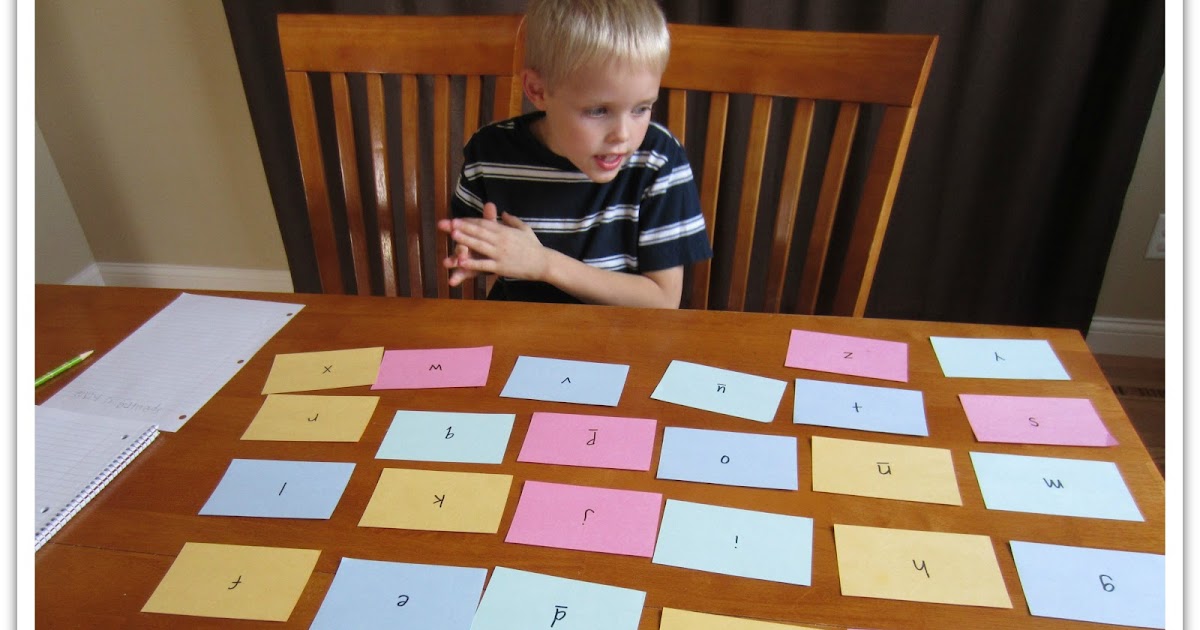
- If it’s incorrect, they sit down and the next group stands up.
- If they drop the ball, they sit down.
- Once they’ve correctly spelled the word, read the next word.
- Repeat until the group’s minute is up. The group gets points for every word it has successfully spelled.
- Have the next group come to the front of the class.
You can adapt the game for groups to play at the same time or even for pairs to play. Middle and high schoolers may especially enjoy the physical part of tossing the ball back and forth.
Disappearing Spider
Disappearing spider is played like hangman (or hang spider) in reverse. This is an entertaining and competitive game that is perfect to play right before a spelling test.
- Split the class into two teams.
- Draw two stick-figure spiders on the board, each with the same 10-15 body parts.
- The first person on the first team says the word, spells it and says it again.
- If they are correct, they erase one part of the other team's spider.
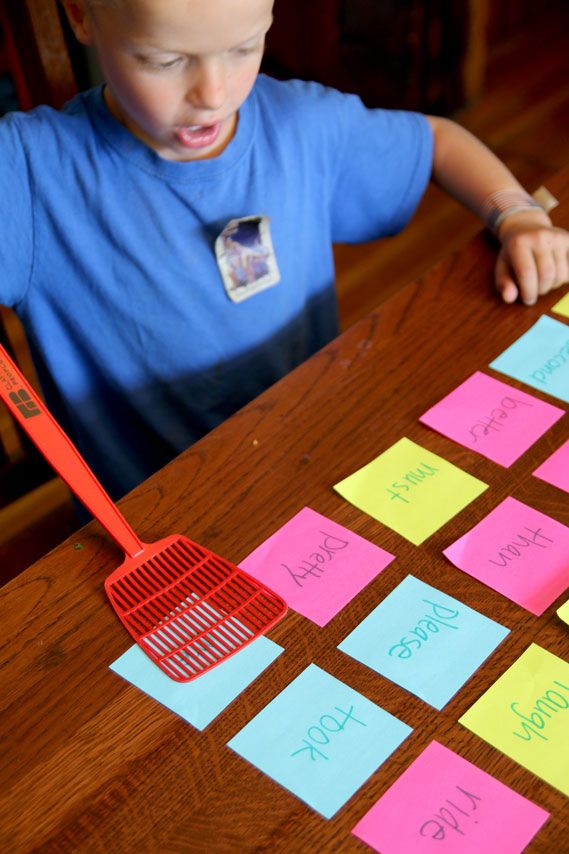 If the word is spelled wrong, it is the next team's turn. Keep going until one spider is no longer visible on the board.
If the word is spelled wrong, it is the next team's turn. Keep going until one spider is no longer visible on the board.
If your class wants to be more creative, have them choose another animal to be their team mascot. One student can draw the animal on the board, and the other team can erase parts of it when they get the spelling words right.
DESCRIPTION
spider for spelling word game
SOURCE
RKaulitzki / iStock / Getty Images Plus
PERMISSION
Used under Getty Images license
Kaboom
If you need a whole-class spelling game to play with a list of spelling words, try kaboom. This game requires enough Popsicle sticks for every student to have at least two.
- Write the spelling word on Popsicle sticks and put them in a cup. For every five words, add a stick with "KABOOM" on it. If there are 20 words, there would be four extra “KABOOM” sticks.
- The first student picks a stick without looking and hands it to the teacher.
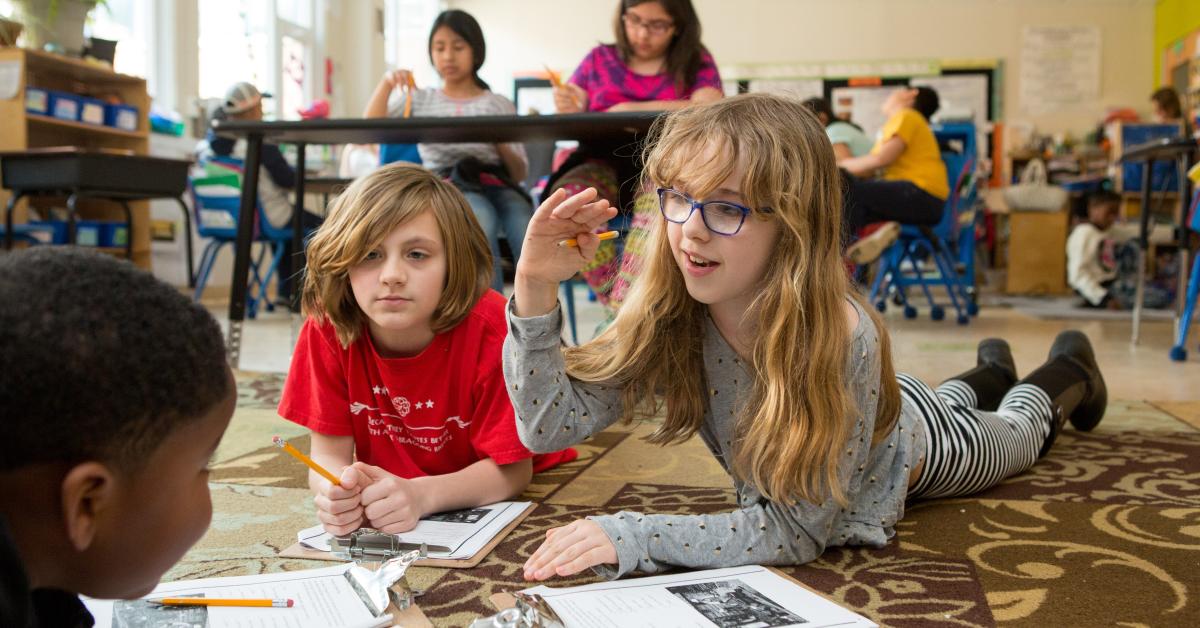
- The teacher reads the word. The student spells it out loud.
- If the student spells it correctly, they keep the stick. If they spell it wrong, the stick goes back into the jar.
- When a student picks the “KABOOM” stick, they have to put all the sticks that they have collected back into the pile.
- The game is over when there are no sticks left in the jar. The student with the most Popsicle sticks is the winner.
If you don’t have Popsicle sticks, you can use pieces of paper or other supplies. You can also assign a student judge who has all of the words available to double-check their classmates’ answers.
Sparkle
Sparkle is a great game to practice spelling with a little competition. You can play sparkle as a whole class or split the students into smaller groups. It’s also a great way to pass the time when students need to wait in line for a long time.
- Have students stand in a circle or straight line.
- Choose a student to call words out or call them out yourself.
 For example: “window.”
For example: “window.” - When the first word is called out, the first person starts spelling it, saying only the first letter (“w”).
- The second person says the second letter (“i”). If a student says the wrong letter, they sit down or leave the circle.
- The third person says the third letter (“n”) and so on, until the word is spelled correctly.
- Whoever says the last letter of the word turns to the next person and says "Sparkle!” The person who would have been next is out because he or she got "sparkled."
The game continues with the leader calling out another word. The game continues until everyone is out except for one player, who is the winner.
DESCRIPTION
sparkle magic wand for spelling word game
SOURCE
artpartner-images / The Image Bank / Getty Images
PERMISSION
Used under Getty Images license
Spelling Bee
Little kids can participate in a spelling bee game without the pressure of competition.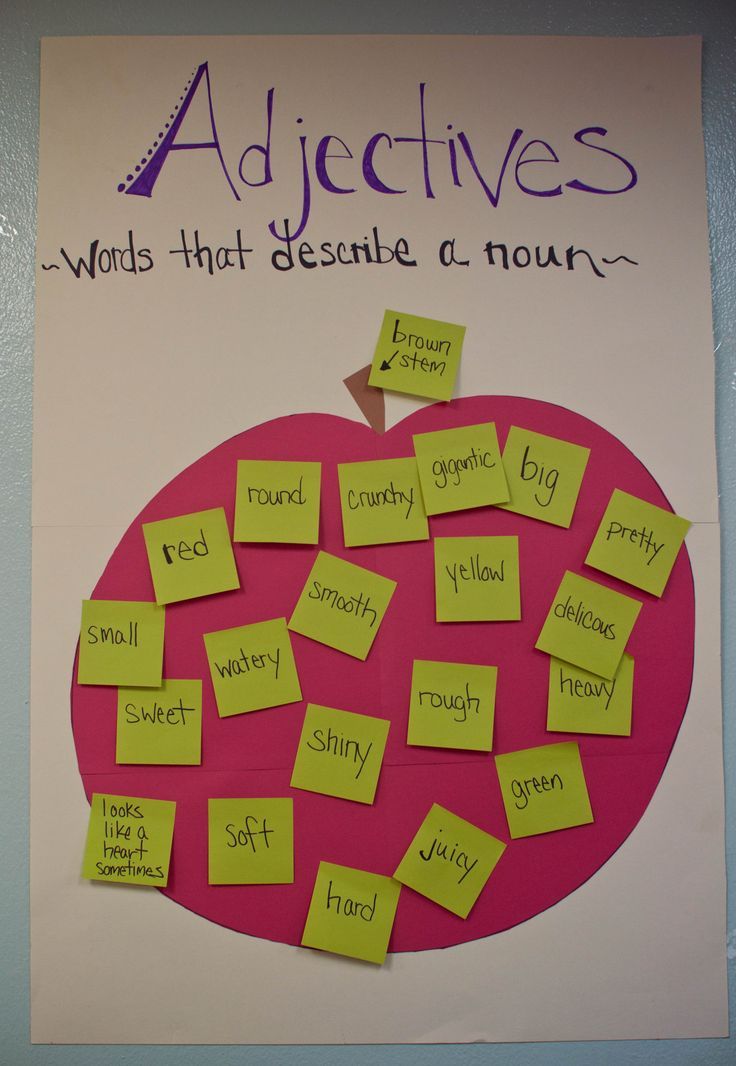 This elementary spelling game is fun for young readers and older elementary students alike.
This elementary spelling game is fun for young readers and older elementary students alike.
- One student is the bee and buzzes around the room while the students chant: "Buzz, buzz, spelling bee, you can't sting me!”
- The bee stops behind a desk and the teacher gives that student a word to spell.
- If the student spells it correctly, then the bee has to sit down and the student is the new bee.
- If the student is wrong, the whole class spells it together.
- Continue until every student has a chance to spell.
Another thing to do to keep the other students involved is to have them do a "thumbs up" or "thumbs down" after the student spells the word. You can also have the students sit in a circle in a similar way to the game duck, duck, goose.
Step and Spell
Step and spell uses a shower curtain that has the letters of the alphabet taped or written on it. You’ll also need a "start" and "finish" spot written onto the shower curtain.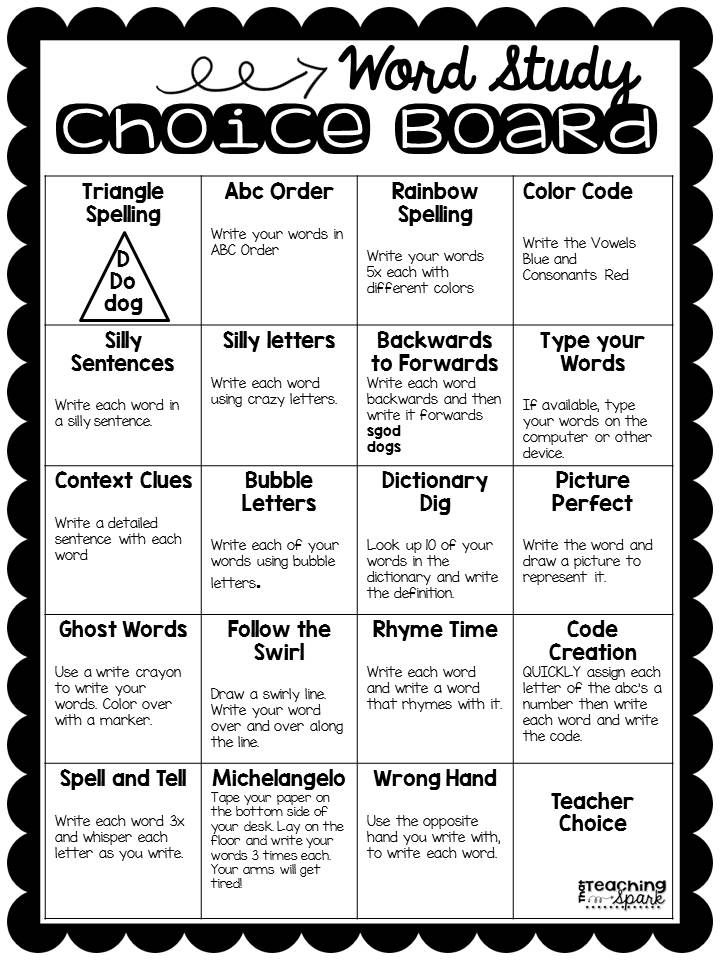
- Spread out the shower curtain on the floor.
- The students sit on the floor around the shower curtain.
- One student stands on the "start" box. The teacher reads the first spelling word.
- The student goes to the first letter of the word, stands on it, says the letter, and goes on to the next one, finishing on the "finish" box.
- If they make a mistake, they start all over again.
For an extra challenge, arrange the letters on the shower curtain in keyboard (QWERTY) order. If you don’t have a shower curtain, you can write the letters on pieces of paper and spread them on the floor. If you’d like to play outside, write letters in chalk on the asphalt and have kids jump to the right ones.
Treasure Words
Spelling words correctly can be a treasure, but students don’t always know that! Send them on a treasure hunt for new spelling words with a game of treasure words.
- Write the spelling words on index cards and hide them in plain sight all over the room.
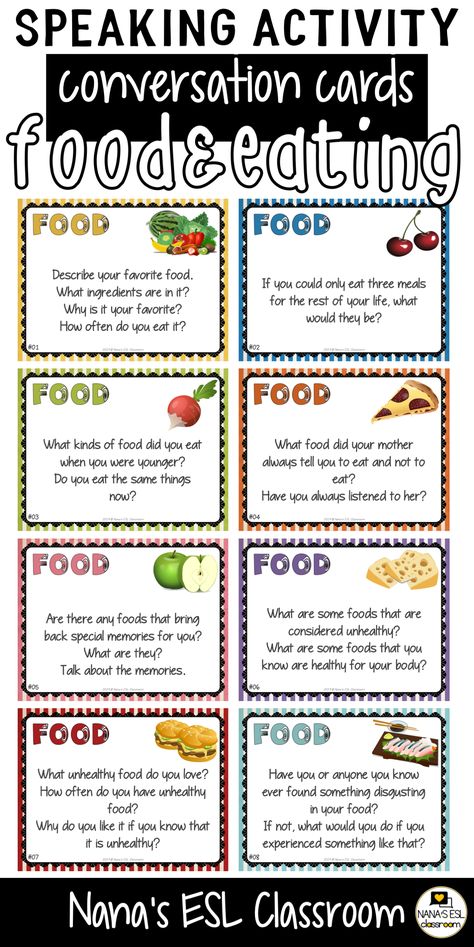 You can tape them to walls, windows or wherever.
You can tape them to walls, windows or wherever. - Put the students in pairs and give each pair a spelling list.
- They find the word and one student turns his back to the word and spells it.
- The second student puts a check by the word if it was spelled correctly. Then they switch places and do it again.
- If the student spells it wrong, have them look at it again and do it over.
- By the end of the game, they will have two checks by each word.
This is a great activity because the students are seeing, saying and hearing the word. It’s best used when introducing spelling words to the class at the beginning of the week or a language arts unit.
Games Make Language Arts Fun
Drilling spelling words is boring for students, making it ineffective. Engaging class activities help students internalize spelling rules and practice high-frequency words. Use this list of fun spelling games for the whole class and small groups.
After playing these games in class, students are sure to enjoy language arts a lot more.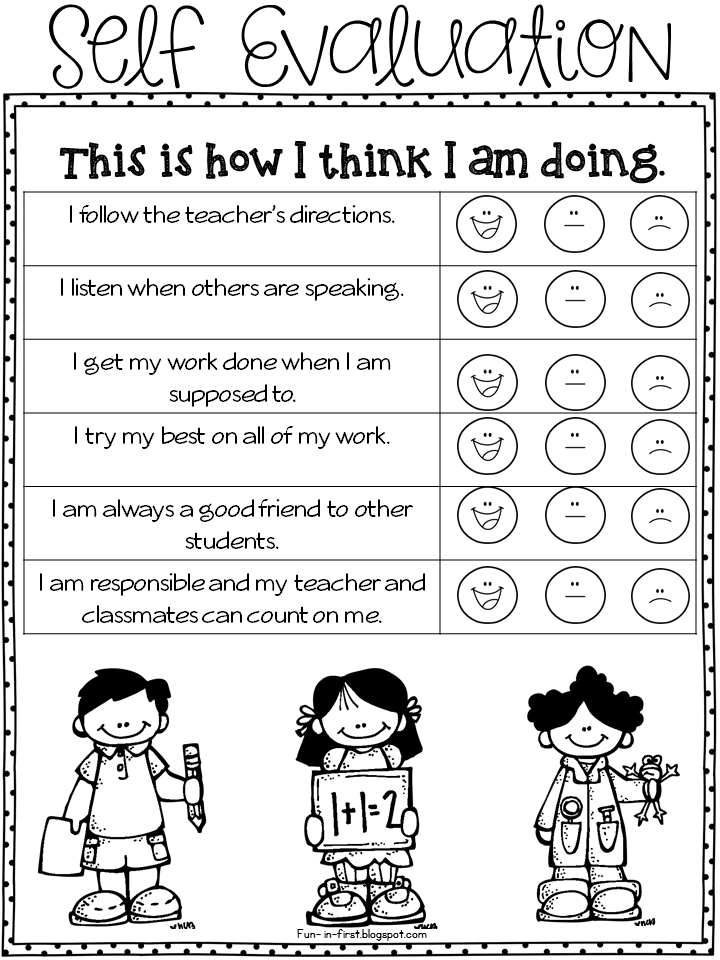 Keep the fun going with these cool grammar activities, or reinforce parts of speech with a collection of noun games.
Keep the fun going with these cool grammar activities, or reinforce parts of speech with a collection of noun games.
- “Best”
- “Letters scattered”
- “Camera”
- “Words with a specific letter”
- “Word formation”
- “Add consonants”
- “Anagrams”
- "Who is bigger?"
- Insert Letter
- Philwords
- Coder
- Alphabet
- Honeycomb
- Four Words 9003 Ladder
- In conclusion
In order to diversify the usual English classes and defuse the working environment in the classroom, teachers are recommended to play games: spelling, lexical, grammar. These games are based on the fact that students in a playful way can work out the material covered on the topic of the lesson. In this article, we will look at examples of games for mastering English spelling. You yourself can change the lexical content and the rules of the games depending on the level of knowledge of students and the topic of the lesson.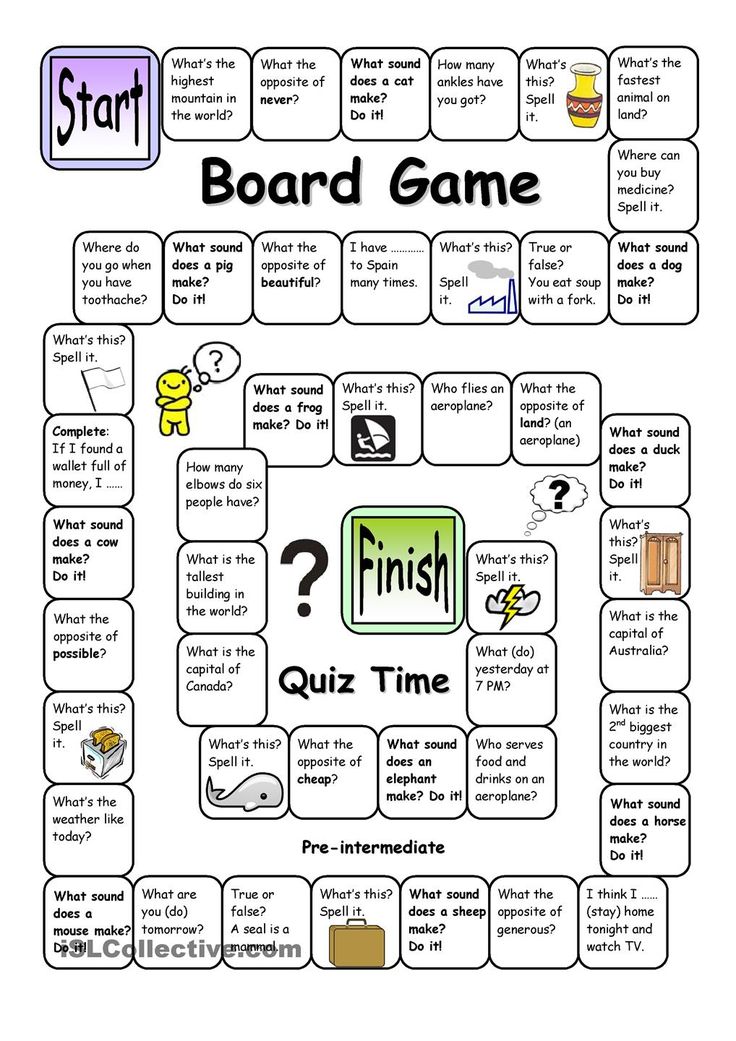
"Best"
The teacher divides the class into several teams with the same number of participants. If the study room is small, then it is best to divide the students into two groups, the participants of which are built in columns one at a time. The teacher acts as a leader. At the command "Start!" the host begins to dictate words on the topic covered. The task of the students is to run up to the blackboard with chalk in their hands and write the named word. And so on the relay. The team that completes the fastest and makes the fewest spelling mistakes wins.
“The letters fell apart”
The game can be played both in teams and in the form of individual competitions. For this spelling game, the teacher has to prepare flashcards with letters that will be assembled into words. Each team is given the same number of words. On the command "Start", the players collect words from letters and translate them. The team that can do it faster and correctly translate the words wins.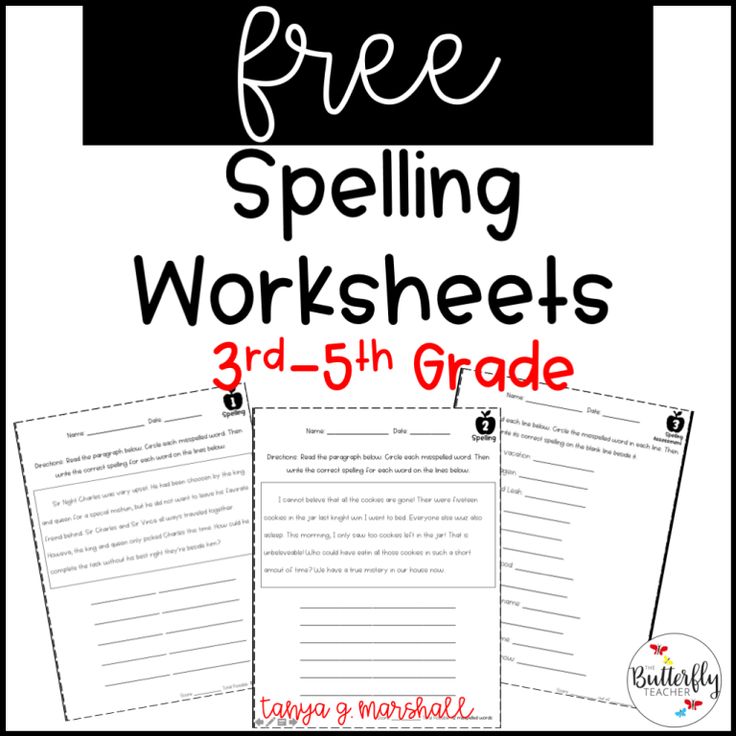
Example:
- ontaunim → Mountain → Mount
- Baorwni → Rainbow → Rainbow
- EWRTA → Water → Water
“Family”
for this game should carefully words and memorize their spelling. At the end of time, everyone closes textbooks and notebooks. The teacher calls one student to the board and calls the word that he must write. If someone notices a mistake in a word, then he goes to the blackboard and writes down the correct version of the word.
"Words with a certain letter"
The facilitator asks the players to look at a list of words, after which he calls any letter from the alphabet. The task of the students is to find as many words as possible with the named letter. The one who finds the most words wins.
Example:
letter W → Wake , Wait , Walk , Wall , WANT WAR , WARM , , , , , , , , , , , , , , , 0052 watch , water , wave and so on.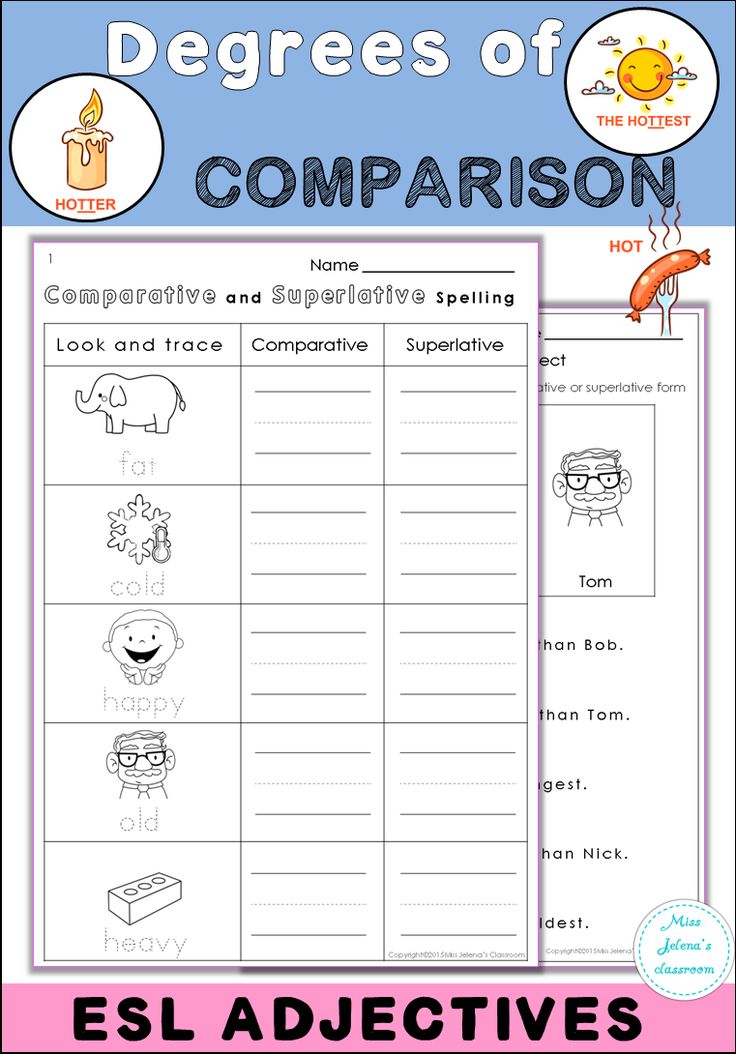
"Word formation"
The game can be played both in the form of individual competitions and in teams. The teacher writes a long word on the board and asks the students to make words from its letters in a certain amount of time. The player with the most words wins.
"Add consonants"
The game can be played both as a team competition and as an individual competition. The teacher writes vowels or a combination of them on the board. The task of the players is to add consonants and get the maximum number of possible words. The team that finds all the variations of the words and also translates them wins.
Example:
words containing "EA" - tea, area, beat, east, easy, head, real, clean, cream, earth, scream and so on.
"Anagrams"
The facilitator distributes cards with words to the players. From them, students must make new words, changing only the order of the letters in them. The students write the resulting variations on the board along with their translation.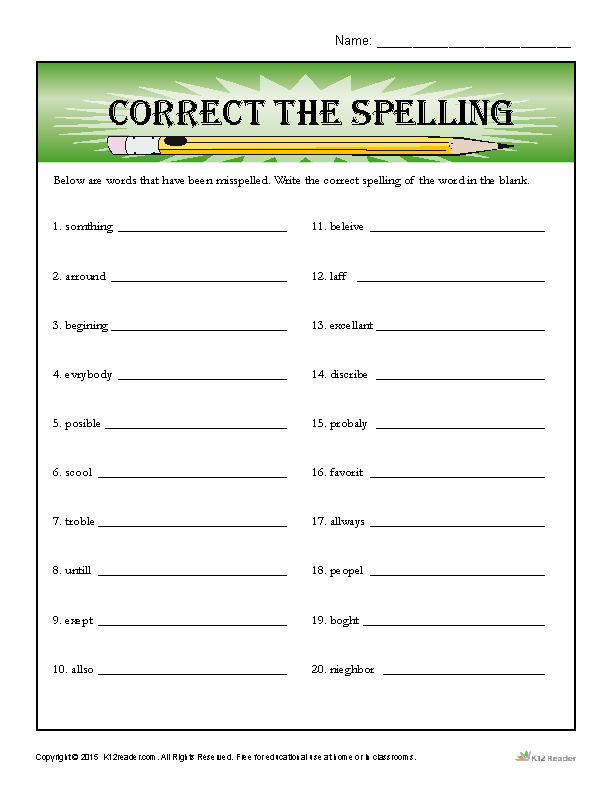
Example:
- thing - night (Night),
- Late (Late) - Tale (story),
- DOG (dog) - GOD (God),
- Miles (miles) - Limes ( limes),
- lamp (lamp) - palm (palm tree),
- listen (listen) - silent (quiet).
"Who is more?"
The game is played between two teams. At the command "Start!" Students write on the board as many words as possible from certain sections. For example: fruits, vegetables, furniture, sports games, months of the year and so on.
Example:
fruit → apple, avocado, apricot, banana, pineapple, pear, orange, plum, kiwi, lime, lemon, mango, melon, watermelon .
“Insert a letter”
The teacher writes down words with missing letters on the blackboard, and the students, in turn, must fill in these gaps with the missing letters.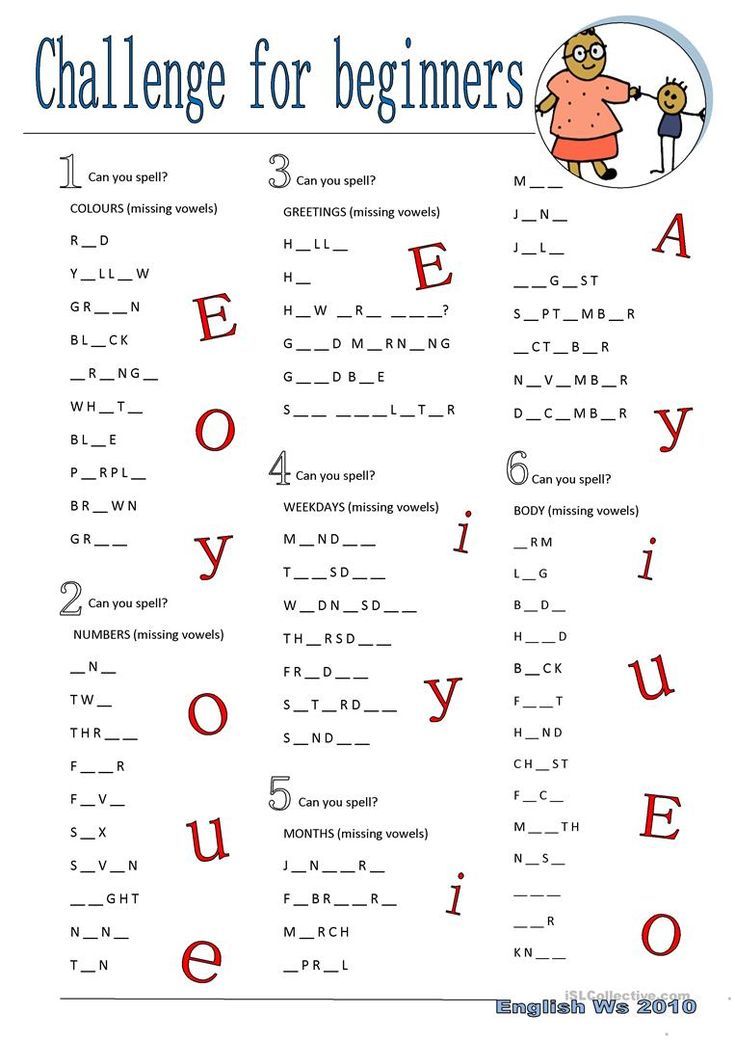 The task can be complicated by the fact that the presenter will offer whole sentences from words with missing letters. Students must fill in the gaps and translate the resulting sentence.
The task can be complicated by the fact that the presenter will offer whole sentences from words with missing letters. Students must fill in the gaps and translate the resulting sentence.
Example:
- d*ll - dall,
- k*te - kite,
- t*ddy - teddy,
- b*ll - ball9,
- bl*ck0 - black *in - train.
"Philwords"
The host gives the players printouts with tables, in the cells of which there are letters, from which it is required to find and circle words on a certain topic and translate them. The one who finds all the words the fastest wins.
Example:
find words on the topic "Desserts": chocolate - chocolate, icecream - ice cream, jam - jam, sweets - sweets, fruits - fruits, cake - cake.
| H | C | I | C | E | C |
| O | S | R | U | I | R |
| O | W | F | C | T | E |
| O | E | S | A | S | A |
| L | E | T | K | E | m |
| A | T | E | G | A | M |
“CHIPHER”
The teacher distributes the spacing in the texts.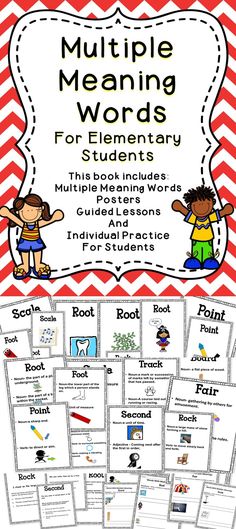 Pictures are shown instead. Students need to replace the pictures with words and write them on the board. During this time, the rest of the class checks the spelling.
Pictures are shown instead. Students need to replace the pictures with words and write them on the board. During this time, the rest of the class checks the spelling.
Alphabet
The class is divided into two teams of players and stands away from the board. The facilitator distributes to each team one set of letters of the alphabet. When the teacher pronounces any word, the students with the corresponding letters from it run to the blackboard and make up this word. The team that made it first gets the number of points according to the number of letters in the word.
Honeycombs
Players are divided into two or three teams. Depending on the number of teams on the board, the same long word is written two or three times. The participants of each team one by one run up to the board and write down one word vertically, which begins with a letter from the given word. For each correctly spelled word, the team receives one point. An additional three points are awarded to the team that completed the task first.
Example:
Word LAKE
L → letter, lamp, life, lunch.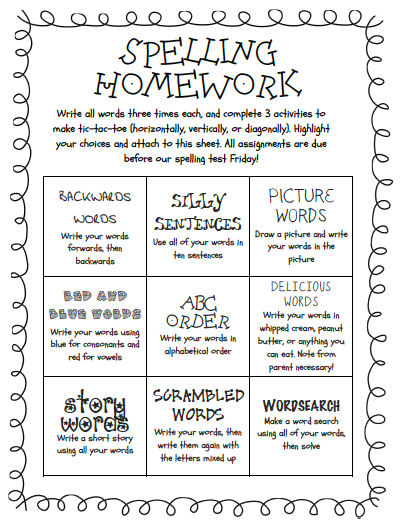
A → act, advance, afternoon, apple.
K → kingdom, key, kitchen, kid.
E → education, egg, electric, eye.
Ladder
Relay students must build a ladder of words on the board. To do this, each player must write down a word that begins with the last letter of the previous word. Points are awarded for each letter in a word, which motivates students to come up with longer words. The team with the most points wins.
And in order to learn new teaching methods and improve your skills, you can take online courses TEFL / TESOL , which at the time of publication of the article are available with a 50% discount. Details on the main page.
Comments for the site Cackl e
App Store: Games for First Graders
Description
21 fun games to help your child learn first grade! Teach 1st grade lessons like reading, spelling, math, fractions, STEM, science, compound words, abbreviations, geography, dinosaurs, fossils, animals and more! Whether they are in first grade or need to learn and master subjects, this is the perfect learning tool for your kids ages 6-8. Math, language, science, STEM and critical thinking skills are tested and practiced in these games.
All 21 games are designed using real-world 1st grade curriculum and are based on core government curriculum standards, so you can be sure these games will help your child learn.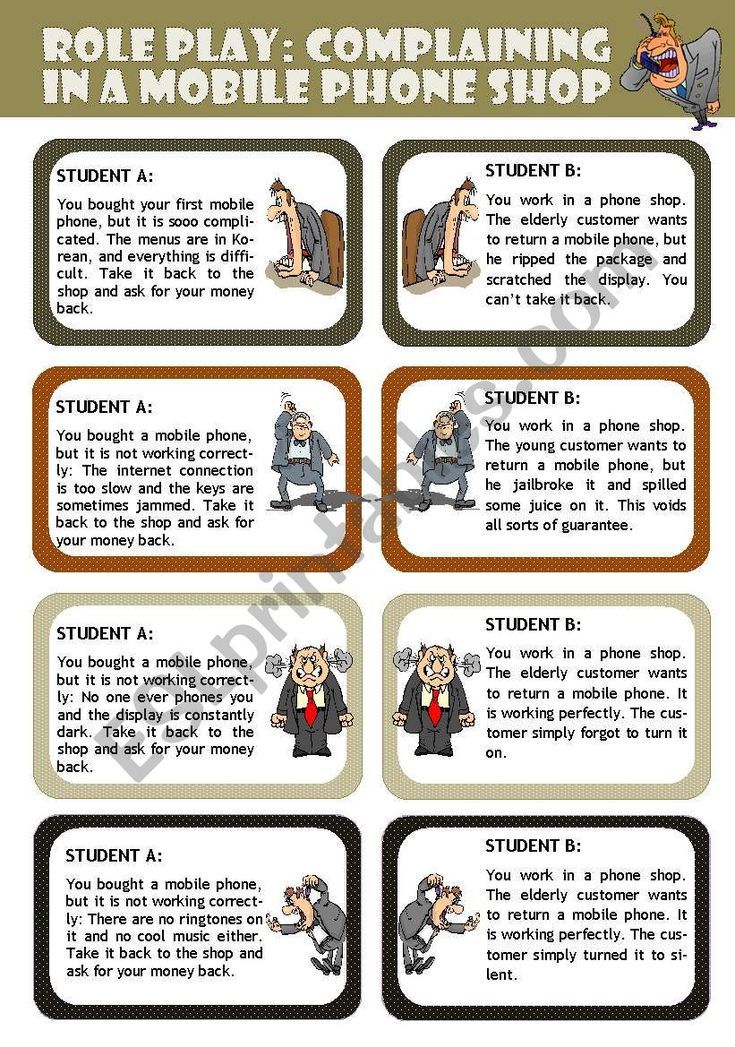 Plus, your student or child will be entertained with voice narration, colorful images and animations, and lots of fun sounds and music. Improve your child's homework with these teacher-approved lessons including science, STEM, language, and math.
Plus, your student or child will be entertained with voice narration, colorful images and animations, and lots of fun sounds and music. Improve your child's homework with these teacher-approved lessons including science, STEM, language, and math.
Includes 2 games for free, unlock all 21 with a simple in-app purchase.
Games:
• Patterns - learn to identify repeating patterns, a critical skill for first grade
• Order - place objects in order based on size, numbers and letters
• Word Bingo - help a first grader with reading and spelling skills in a fun game of bingo
• Compound words - combine words to make compound words important for 1st grade!
• Advanced Counting - Skip counting 2, 3, 4, 5, 10 and more
• Addition, Subtraction & Advanced Math - Help you learn complex math skills like addition and subtraction with fun falling fruits
• Abbreviations - Teach your first grader how to combine words to make abbreviations
• Spelling - Learn how to spell hundreds of words correctly with voice assistance.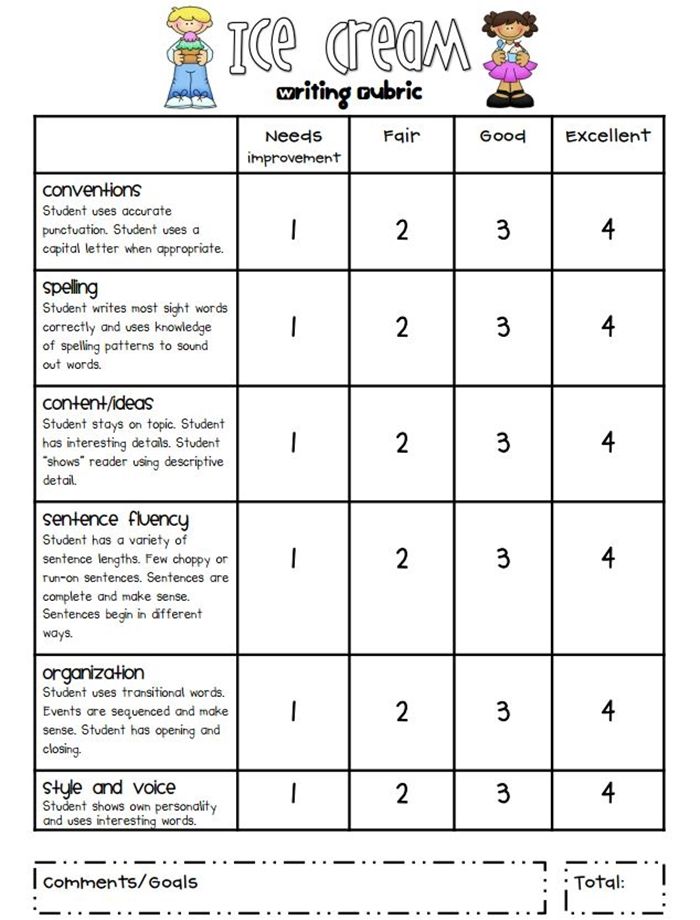
• Fractions - a fun way to learn the visual representation of fractions
• Verbs, Nouns, Adjectives - Your child will learn different types of words such as verbs, nouns and adjectives.
• Visual Words - Learn how to write correctly and recognize important 1st grade visual words.
• Number Comparison - An advanced math topic that compares numbers to see what's greater or less than
• 5 Senses - Learn the 5 senses, how they help us understand the world and which part of the body each uses
• Geography - Identify the oceans , continents and landforms
• Animals - classify and learn about different animals such as mammals, reptiles, birds, fish and more
• Body Parts - Learn and identify all the body parts on the human body and learn how the diagrams work
• Photosynthesis - Help the plant to carry out photosynthesis and learn about the process vital to the whole life of the plant.
• Dinosaurs and fossils. Identify different dinosaurs and find out how we can learn about dinosaurs from fossils.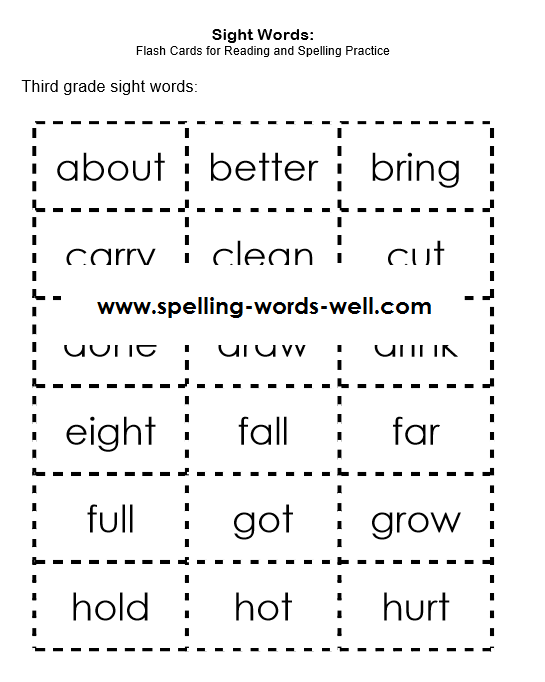
Ideal for 1st graders, kids and students looking for a fun and engaging educational game. This set of games allows them to learn important math, fractions, problem solving, look at words, spelling, science and language skills while having fun! First grade teachers across the country are using this app in their classrooms to improve their math, language, and STEM skills. Let your first grade kids have fun while they're learning!
Ages: 6, 7 and 8 years old, children and students.
Oct 11
Version 7.3
Bug fixes and improvements
Ratings and reviews
ratings: 6
Developer RosiMosi LLC has indicated that, in accordance with the application's privacy policy, data may be processed as described below.